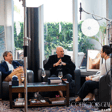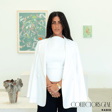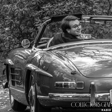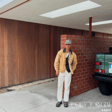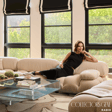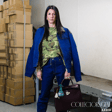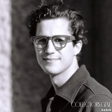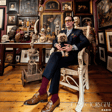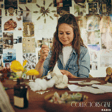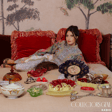
Donna Lennard - Founder, il Buco
Today, we’re thrilled to welcome Donna Lennard, a trailblazer who has redefined how we experience dining, design, and community.
Donna is the founder of the iconic il Buco family of restaurants—destinations renowned for their ingredient-driven Italian and Mediterranean cuisine—and il Buco Vita, a lifestyle and tabletop brand rooted in craftsmanship and cultural heritage. What began as an unassuming antique shop on Bond Street has, over the last three decades, blossomed into a beloved collection of spaces that feel more like homes than restaurants.
From her beginnings working in the kitchen to her journey into antiques and culinary artistry, Donna has built a world where every detail—from the handmade dishes to the plate it’s served on—tells a story. Her ability to bridge the worlds of collecting and curating, in both food and design, creates an atmosphere of warmth, connection, and timeless elegance.
Donna shares how it all started, the pivotal moments that shaped il Buco’s evolution, and the parallels between curating antiques and crafting unforgettable dining experiences. We’ll also explore the balance between consistency and evolution, the importance of community, and the future of il Buco’s ever-growing world. So with great honor, this is Donna Lennard, for Collectors Gene Radio.
il Buco - https://ilbuco.com/
Collectors Gene - https://collectorsgene.com/
il Buco's Instagram - https://www.instagram.com/ilbuconyc
Cameron's Instagram - https://www.instagram.com/cameronrosssteiner
